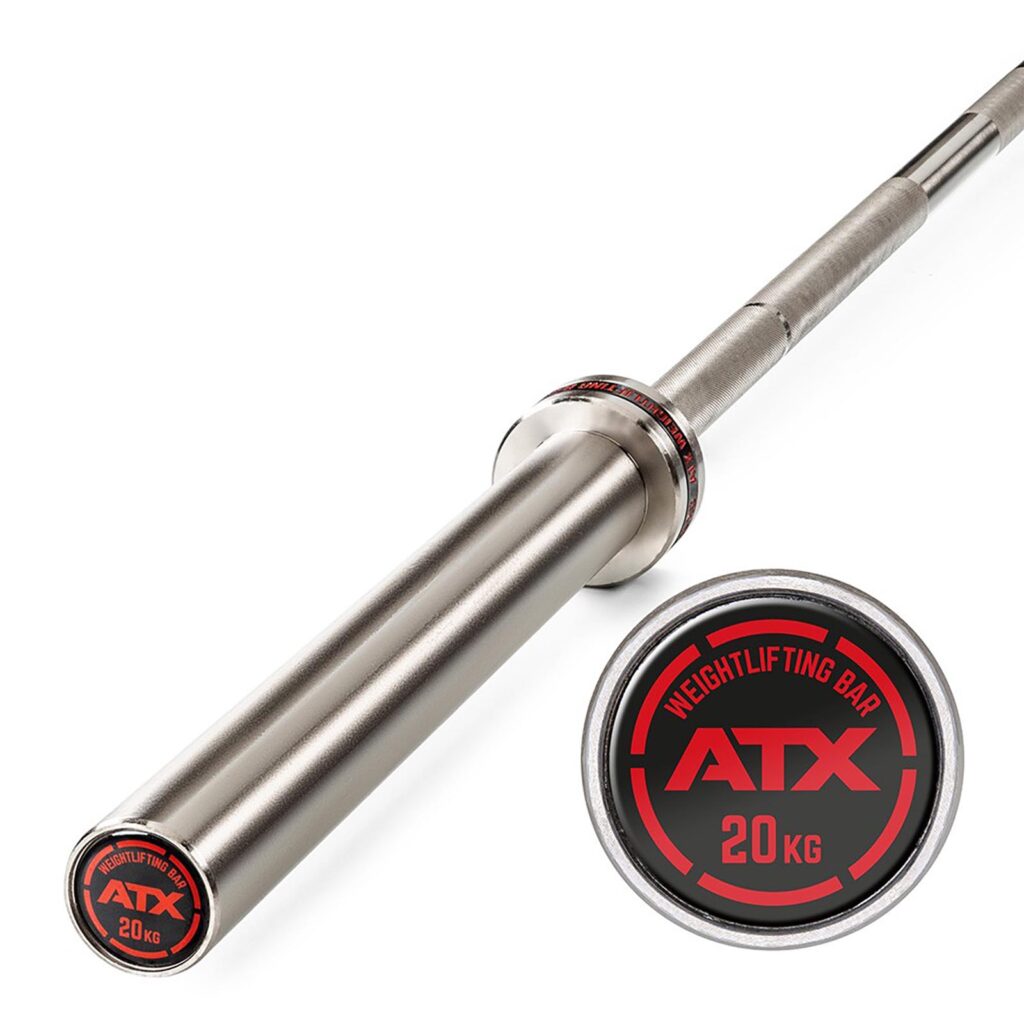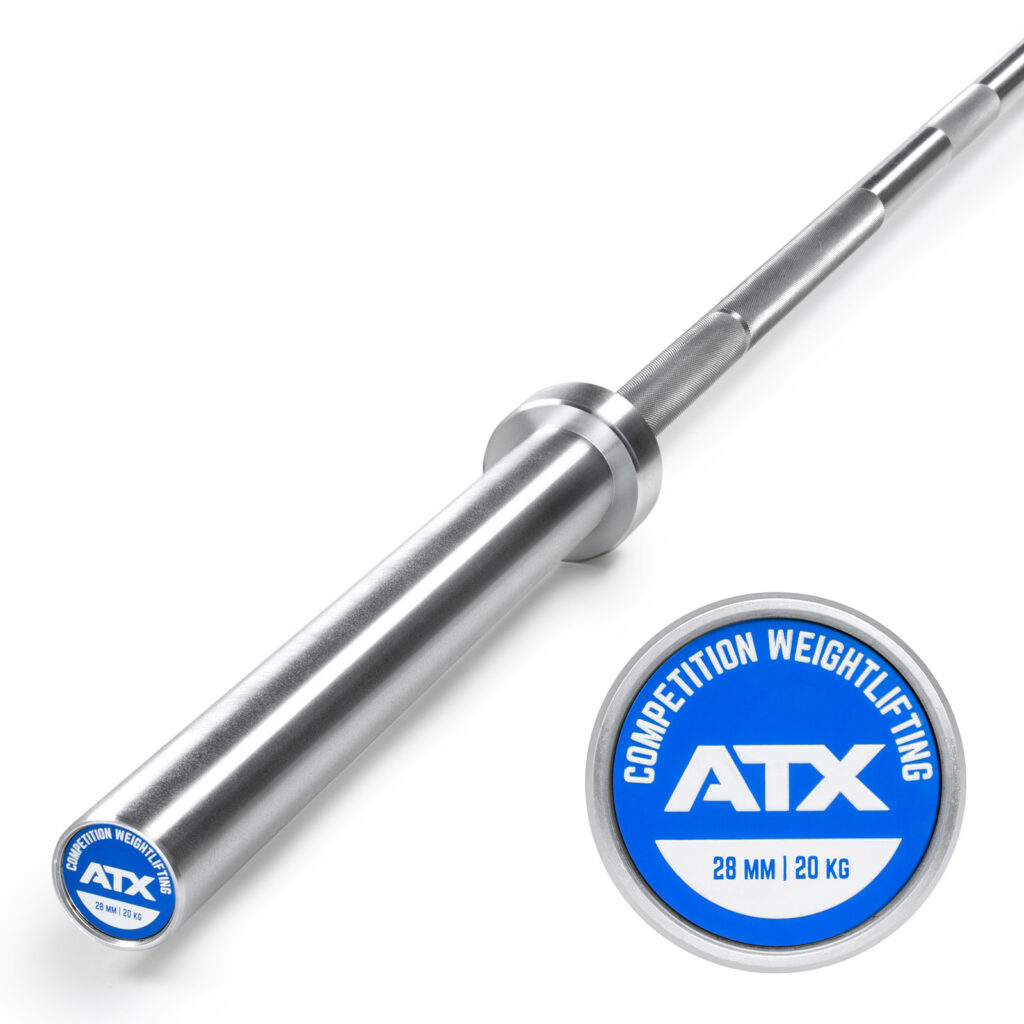The Bare Necessities for Olympic Weightlifting
One of the coolest aspects of Olympic weightlifting is how simple of a sport it is. You start with a barbell on the ground, and the only goal is to lift it over your head. No fancy equipment necessary. Although mastering the technique is unbelievably difficult (if not impossible), it is easy to get started weightlifting. There are only three things which are the bare necessities for Olympic Weightlifting: a barbell, some bumpers, and a bit of clear space, the rest is optional. You could arguably get away with starting without a clear space, but you might hurt yourself.
These are only the basics though, there are several other pieces of equipment which will be a big help in your weightlifting journey. You can find more about it here.
Barbell
The barbell is without a doubt the most important piece of equipment: how else are you going to lift the plates? There are a few factors to keep in mind when choosing a barbell. There is no need to overthink it in the early stages, any barbell with rotating sleeves will do the job. You need a barbell that spins because the bar will rotate 180 degrees between the starting and overhead position. If the barbell doesn’t spin, your wrists will. That hurts, a lot.
There are two bars we sell which are perfect for weightlifting.
ATX-LH-50-TWL Training Weightlifting Barbell
The ATX Training Weightlifting Barbell is a really, really good bar for the price. Like really good.
This review best sums up this barbell:
“I can recommend this bar to anyone who practices serious weightlifting. The bearings spin excellently, the spin is not too much, but even rods from Sweden do not spin for 5 minutes at a time. The knurling is sharp, but not too sharp, you don’t tear your palms open immediately. If you don’t have Lasha Talakhadz. then this bar is enough for any weightlifter.“

ATX Competition Weightlifting Bar
The ATX Competition Weightlifting Bar is also really good bar, you can tell it’s built more solid than the ATX-LH-50-TWL. The only disadvantage of this bar is the knurling is really aggressive, so it will hurt your hands if you use it too often. So I use it sparingly.
However, the aggressive knurling on the centre knurl makes it really good for heavy clean and jerks because there’s no chance of any sliding in your front rack.

Bumpers
Honestly, as long as they weigh what they say they do it doesn’t really matter which bumpers you use. You need bumpers because it’s essential you drop the bar if something goes wrong. Even if everything goes right you should get into the habit of dropping the bar from overhead.
The snatch and clean and jerk rely on explosive power to get the bar overhead, this is not easily (or safely) reversed. So, it’s recommended you drop the bar instead of trying to reverse the motion. I use the bog standard Power Maxx bumpers and they have been holding strong so far.
The only thing I’ve noticed is that the inner ring is getting a bit worn after being abused a bit – but trust me when I say I’ve abused them. They have been dropped from about 8ft high over a thousand times and still holding up.
If you do not like your ring being abused, or you simply have more money to spend, we sell premium bumper plates with a steel reinforced hole. They fit a bit snugger to the bar so the bounce is slightly more predictable. They won’t help you lift any more weight, but they’ll probably last a bit longer.
Clear Space
Every now and again something is going to go wrong. Maybe you are tired after a long session, or you’re just having a sloppy day where nothing goes right. You might take the bar for a walk or miss the bar behind you, you really cannot predict or prevent this.
By lifting in a clear space, you’re avoiding multiple potential disasters. Due to gravity, there’s only one direction the bar wants to move (straight down). The triple extension is your only opportunity to get the bar over your head, if you stuff this bit up there is no fighting it and the bar will definitely be going down, at which point you’d best get out of its way.
To make this as easy as possible you should leave yourself a good bit of room both in front and behind you. The last thing you want is a bar on its way down with nowhere for you to go because you are right in front of a mirror.
Clear also means completely clear. Bumper plates are designed to be dropped on flat surfaces, when they’re dropped on an uneven surface, they become very unpredictable very quickly. Even something as seemingly insignificant as a 0.5kg plate can turn your bar into a projectile heading straight for your shins. You ideally want to avoid this.
A good rule of thumb here is the IWF spec for platform size: 4m x 4m. If you’re confident in your abilities you can get away with a bit less, but bigger is always better.
